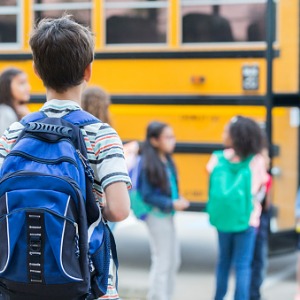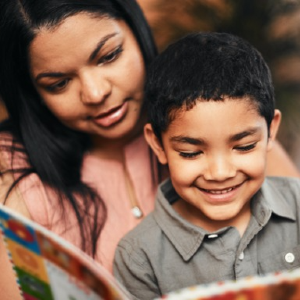Education Freedom
Every child deserves access to the educational option that best meets his or her needs.
Our massive public investment in K-12 schools should put students and families in control of which schools, curricula, and approaches work best for them.
Share Your StoryHERE’S WHAT’S HAPPENING:
Education freedom has spread rapidly in states across the country, and the majority of parents and the public support giving families educational options. Many states, such as Arizona, Florida, and Iowa, have enacted universal or near-universal school choice programs. At the same time, school districts and teachers unions hold all of the power in areas without education freedom, often pushing their ideological agenda. Historically low test scores from the Nation’s Record Card reveal that the learning loss caused by the pandemic still affects many students.
WHY YOU SHOULD CARE:
Public education does not have to mean a monopoly of poorly-run government schools teaching curricula contrary to parents’ wishes. Instead, public education could mean investing in students and families directly, and providing them with opportunities and options. From homeschooling and microschools to private schools, charters, or magnets, there is no single model that fits every child’s needs and every family’s values. A plethora of academic studies have shown that school choice has benefits from the academic, such as higher test scores, to the cultural, including higher rates of marriage, lower rates of divorce, and lower crime rates in adult life.
Policymakers and legislators should continue to expand options like education savings accounts, which allow families to use funds on a variety of educational purposes.

How To Talk About Critical Race Theory and Anti-Racism
From coast to coast, debates over critical race theory (CRT) are roiling our nation’s schools, workplaces, and headlines. But there is much confusion about what constitutes CRT and whether it’s a niche academic theory or a commonplace worldview.
Read Now
How To Talk About Education Freedom
A solid K-12 education is the foundation for future success. More educational options mean new ideas, inventions, and better outcomes for the next generation.
Read Now
60 Seconds: Parental Rights In Education
Parents should be kept informed and be involved in all decision-making when it comes to the education of their children.
Read Now
60 Seconds: Education Freedom
Education freedom funds students, not systems. Unfortunately, school districts and unions hold all of the power in areas without education freedom.
Read Now
